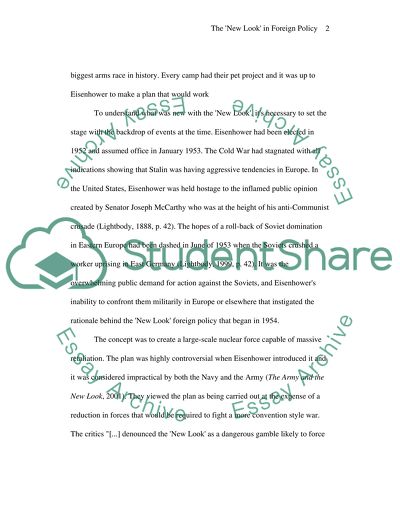Cite this document
(“The 'New Look' in Foreign Policy Essay Example | Topics and Well Written Essays - 2000 words”, n.d.)
The 'New Look' in Foreign Policy Essay Example | Topics and Well Written Essays - 2000 words. Retrieved from https://studentshare.org/history/1508070-the-new-look-in-foreign-policy
The 'New Look' in Foreign Policy Essay Example | Topics and Well Written Essays - 2000 words. Retrieved from https://studentshare.org/history/1508070-the-new-look-in-foreign-policy
(The 'New Look' In Foreign Policy Essay Example | Topics and Well Written Essays - 2000 Words)
The 'New Look' In Foreign Policy Essay Example | Topics and Well Written Essays - 2000 Words. https://studentshare.org/history/1508070-the-new-look-in-foreign-policy.
The 'New Look' In Foreign Policy Essay Example | Topics and Well Written Essays - 2000 Words. https://studentshare.org/history/1508070-the-new-look-in-foreign-policy.
“The 'New Look' In Foreign Policy Essay Example | Topics and Well Written Essays - 2000 Words”, n.d. https://studentshare.org/history/1508070-the-new-look-in-foreign-policy.


